Protect Osgoode Gardens: Spring Deer-Resistant Plants
Quick Guide to Deer-Proofing Your Osgoode Garden:
- Understand why deer target gardens, especially in spring.
- Choose deer-resistant plants like Daffodils, Peonies, and Boxwood.
- Employ smart planting strategies (layering, borders, texture).
- Use an integrated approach: repellents, barriers, and scare tactics.
- Maintain a tidy yard to make it less inviting.
Tired of deer treating your garden like a buffet? Let us help create a beautiful, deer-resistant landscape. Request your free quote today!
Introduction: Spring Blooms vs. Bambi’s Buffet in Osgoode
Ah, spring in Osgoode! It’s that glorious time when the snow finally retreats, and we eagerly anticipate the colourful explosion of flowers in our gardens. Homeowners from Manotick to Metcalfe dream of lush hostas and vibrant tulips. But just as those tender green shoots emerge, another local resident often decides it’s dinnertime. Yes, we’re talking about our graceful, yet *very* hungry, deer neighbours!
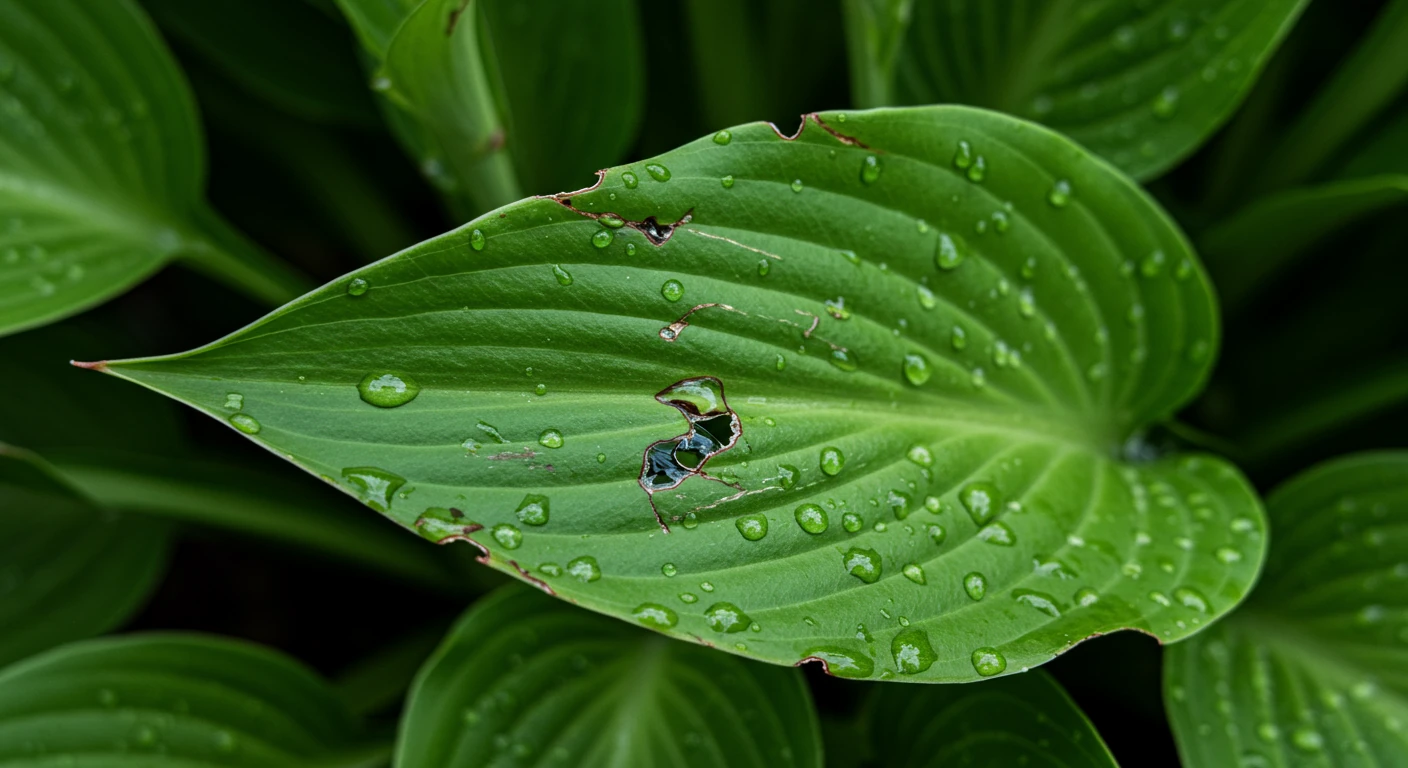
It’s frustrating, isn’t it? You put time and effort into landscaping, only to find your prized plants nibbled down to sad little nubs. This “Bambi’s Buffet” phenomenon is a common headache across many Ottawa areas, turning gardening joy into garden despair.
But don’t hang up your trowel just yet! There’s hope for creating a beautiful yard that deer are less likely to devour. This section is your friendly guide to understanding deer damage and discovering the secrets of deer-resistant gardening. We’ll share practical tips and plant ideas to help you enjoy your Osgoode garden’s beauty, minus the unwanted dinner guests. For information on protecting gardens in nearby areas, check out resources from the Rideau Valley Conservation Authority.
Why Your Osgoode Garden is on the Deer Dining Menu
So, you’ve noticed some *uninvited*, four-legged guests treating your Osgoode garden like an all-you-can-eat buffet? You’re definitely not alone! Areas around Ottawa, including neighbours in Metcalfe and Richmond, often find their beautiful landscaping doubling as a deer diner. But why *your* yard?
Well, it’s not personal, even if it feels that way! Deer are creatures of habit and opportunity. As our communities grow, their natural habitats shrink, pushing them closer to us in search of food. Our gardens, filled with lush, well-watered plants, look like a five-star meal compared to foraging in the woods, especially when food is scarce in late fall and winter. Making sure your plants are healthy going into the colder months is key, something covered in these useful . Healthy plants can sometimes better withstand nibbling.
Deer have preferences, often favouring tender shoots, buds, and certain flowers (tulips and hostas are infamous favourites!). They especially love tender new growth, so learning about the is crucial for young additions to your landscape. However, a hungry deer isn’t overly picky. This brings us to a crucial point in deer-resistant gardening: the difference between ‘deer-resistant’ and ‘deer-proof’.
Deer-resistant plants are simply less appealing to deer – maybe they have fuzzy leaves, strong scents, or a bitter taste. Think of it like offering broccoli when they’d prefer candy. But deer-proof? Sadly, no plant truly is. If deer are hungry enough, particularly during harsh winters or droughts, they might try almost anything. Plants stressed by winter conditions, like road salt exposure, can also be more susceptible to deer damage. Protecting them is vital, as discussed in these Metcalfe Shrub Winter Salt Protection Tips. That’s why focusing on overall plant vitality through practices like those in these can make a difference in resilience against browsing.
Sometimes, a thorough tidying up can make your yard less appealing; consider a Kenmore Garden Clean Up Service to remove hiding spots or fallen fruit that might attract them. Managing deer alongside other gardening maintenance can feel overwhelming, which is where exploring professional Landscaping & Gardening Services might offer some welcome relief and expertise. Understanding *why* they visit is the first step to finding solutions!
Your Deer-Resistant Dream Team: Top Spring Plants for Ottawa Gardens
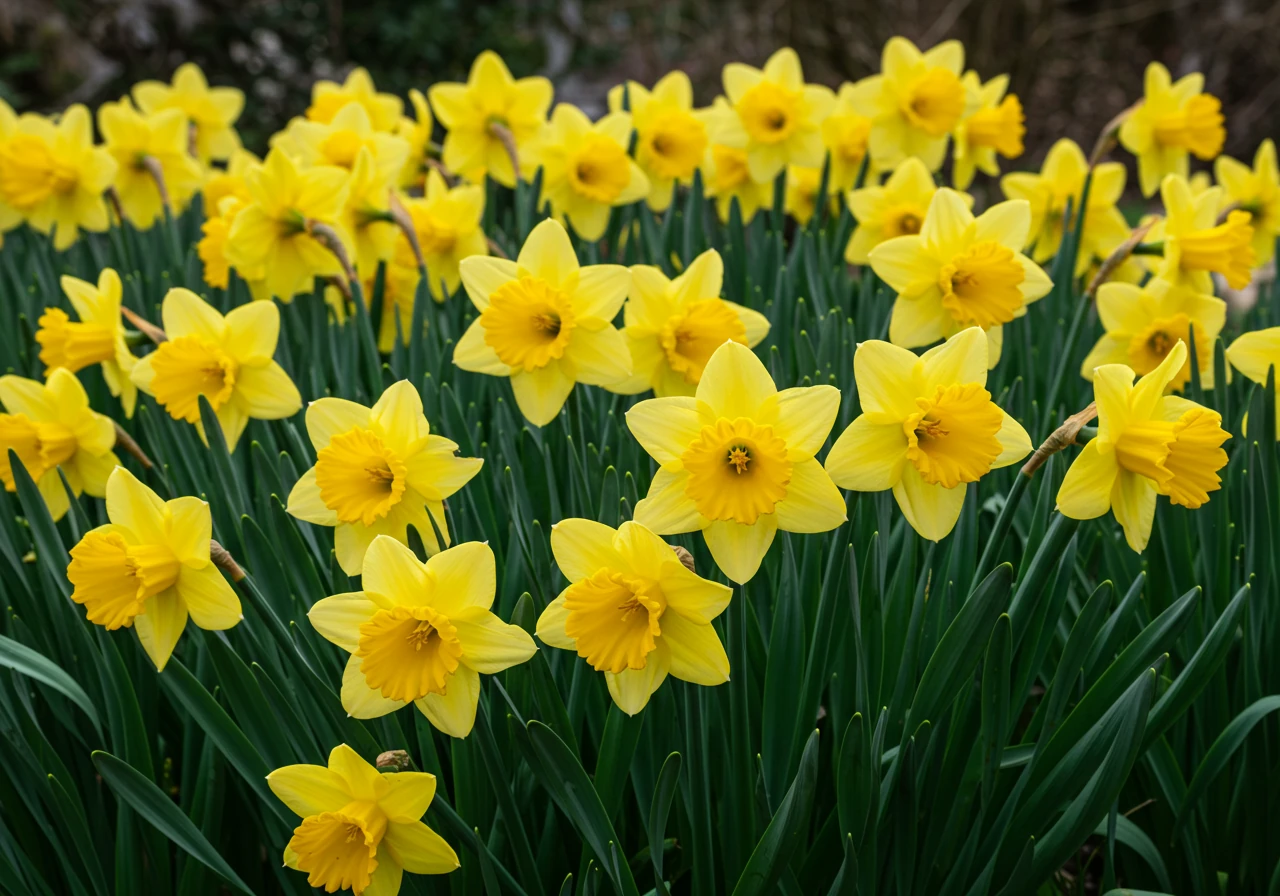
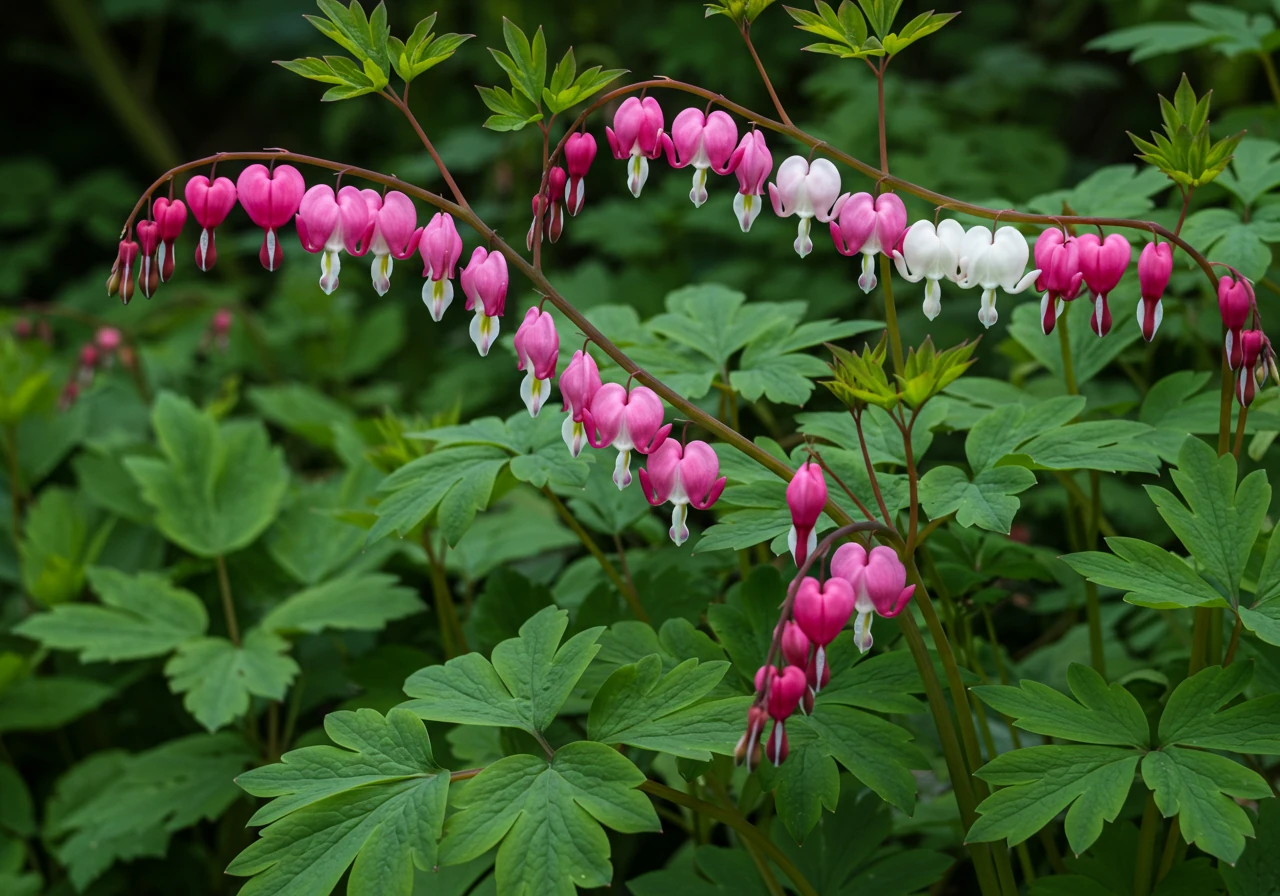
Alright, let’s talk strategy! Creating a gorgeous spring garden in Ottawa that *doesn’t* become a deer’s favourite salad bar is totally possible. It’s all about choosing the right players for your deer-resistant gardening team. Think of it like recruiting – you want plants that look great but taste awful (to deer, at least!). While no plant is 100% deer-proof (a starving deer in February might try anything!), these options are generally given a wide berth and thrive in our local climate, from Barrhaven to the rural edges. For local plant advice, the Master Gardeners of Ottawa-Carleton are a great resource.
Here are some top picks for your spring lineup, grouped by type:
Fabulous Perennials (They Come Back Every Year!)
- Peonies: These classic beauties are practically deer kryptonite. Their large, fragrant blooms in late spring are stunning, but deer typically turn up their noses at the taste and texture. They love sun and well-drained soil, doing beautifully in many Ottawa gardens.
- Bleeding Hearts (Dicentra spectabilis): With their charming, heart-shaped flowers dangling in shady spots, these are a spring delight. Luckily, they contain compounds that make them toxic and unpalatable to deer. They prefer moist, rich soil in part shade.
- Siberian Iris: Elegant and tough, Siberian Iris offers beautiful blooms in late spring/early summer. Their grassy foliage is generally ignored by deer. They are adaptable to various soil types, including the clay often found in areas like Nepean, as long as they get enough sun.
Sturdy Shrubs (The Backbone of Your Defence)
- Boxwood: A landscaping staple for structure and evergreen colour. Deer strongly dislike the pungent scent and bitter taste of boxwood leaves. They are versatile, tolerating sun or shade and various soil conditions, making them great for hedges or foundation plantings.
- Spirea: Many varieties of spirea, especially Japanese Spirea (like ‘Goldflame’ or ‘Little Princess’), are largely ignored by deer. They offer lovely spring or summer flowers and attractive foliage. Most prefer full sun for best blooming.
- Potentilla: These hardy shrubs are workhorses, blooming for a long period. Their fuzzy leaves and slightly bitter taste make them unappealing menu items for deer. They thrive in full sun and are very tolerant of Ottawa’s conditions.
Beautiful Bulbs (Early Spring Surprises)
- Daffodils (Narcissus): Hooray for daffodils! These cheerful harbingers of spring contain lycorine, a toxic alkaloid that deer (and rodents) instinctively avoid. Plant them generously for a splash of yellow, white, or orange. They are super reliable in our climate.
- Alliums (Ornamental Onions): With their cool, globe-shaped flowers on tall stalks, Alliums make a statement. Their oniony scent and taste are a major deer deterrent. They love sunshine and well-drained soil.
- Grape Hyacinth (Muscari): These small, vibrant blue bulbs multiply easily and are generally safe from deer browsing due to mild toxicity. They look great planted in drifts or under taller, deer-resistant plants.
Explore Plant Types
Deer-Resistant Perennials
These plants return year after year and are often less appealing to deer. Favorites include Peonies (classic beauty, deer avoid), Bleeding Hearts (charming, toxic to deer), and Siberian Iris (elegant, grassy foliage ignored).
Deer-Resistant Shrubs
Shrubs form the backbone of a deer-resistant garden. Consider Boxwood (pungent scent, bitter taste), Spirea (many varieties ignored), and Potentilla (fuzzy leaves, hardy).
Deer-Resistant Bulbs
Get early spring color without feeding the deer! Daffodils (contain toxins deer avoid), Alliums (oniony scent/taste), and Grape Hyacinth (mildly toxic) are excellent choices.
Putting Your Team Together
Integrating these resistant plants is key. You might intersperse them with *slightly* more tempting favourites to create a less appealing overall buffet. Remember, a tidy yard is also less attractive to deer seeking shelter or easy pickings. Regular maintenance, like a thorough Property Clean Up, can make a difference. If you’re in specific areas, targeted services like a Metcalfe Property Cleanup Service or even focused work within beds using a Kenmore Garden Clean Up Service can help reduce hiding spots and fallen fruit that might attract them.
Sometimes, severe deer damage can impact surrounding areas, including your lawn. If deer paths have compacted soil or created bare patches, improving the turf with services like Sod Installation or general lawn care can be part of the overall landscaping recovery plan.
Building your deer-resistant dream team takes a bit of planning. If you’re brainstorming ideas and want to discuss costs or strategies for your specific yard, getting professional input can be invaluable – you can even submit your ideas and Get Estimate Feedback to see how feasible they are. Need more personalized advice or hands-on help putting your deer-resistant garden together? Feel free to Contact Us – we’re happy to help you create a beautiful, bloom-filled space that Bambi and friends are more likely to admire from afar! Check out our Google My Business page for reviews and updates.
Smart Planting Strategies: Making Your Yard Less Appealing
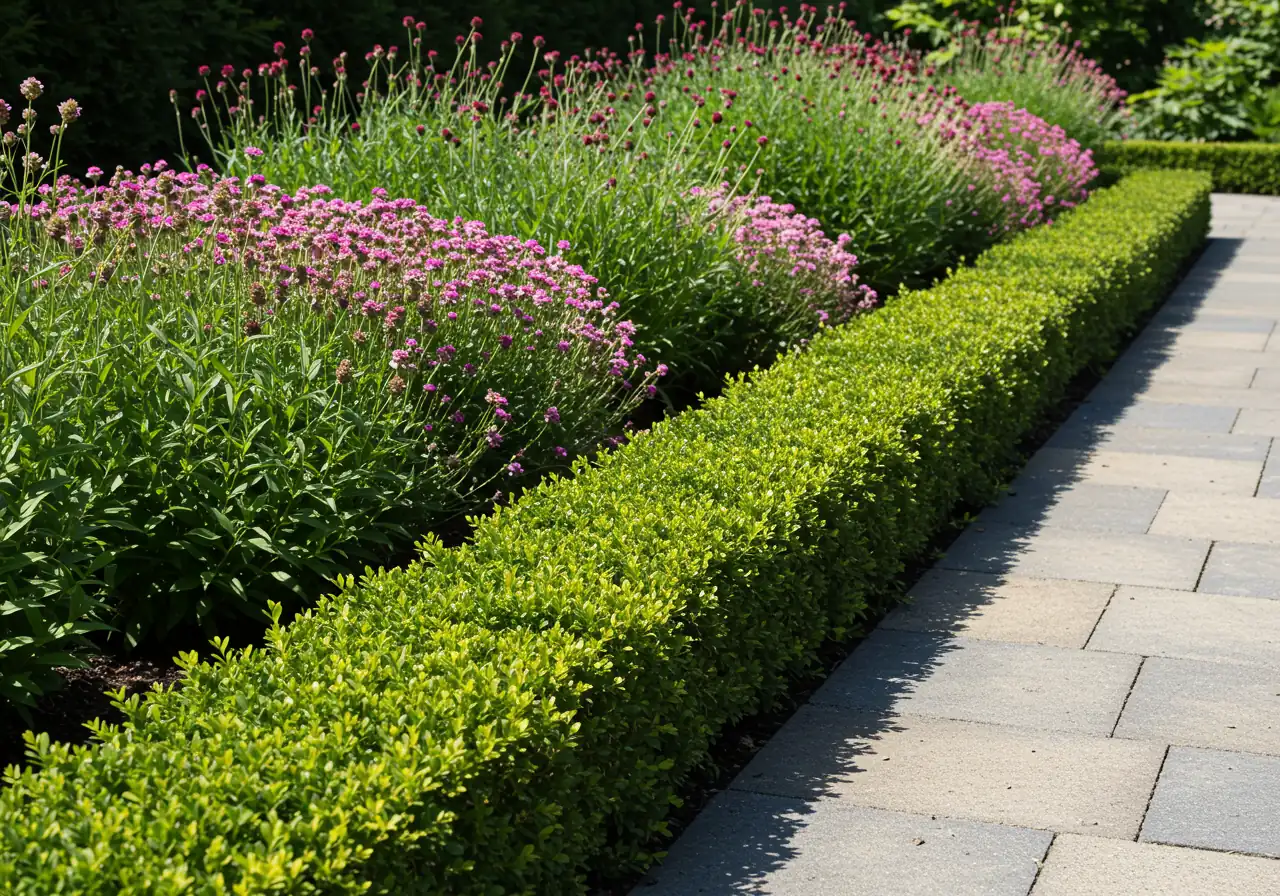
Okay, so you’ve got your list of deer-resistant plants. High five! But wait, there’s more to outsmarting Bambi than just *what* you plant. *How* and *where* you plant can make a big difference in turning your yard from a tempting buffet into a place deer just browse… and then keep walking. It’s about clever landscaping design!
Think like a deer for a second (a very picky one, hopefully!). They often prefer easy access and don’t love navigating things that feel weird or smell strong. Here are some strategies:
- Layer Up: Plant your most deer-resistant options (like Boxwood or Daffodils) on the outer edges of your garden beds. Place slightly more tempting (but still generally avoided) plants further inside. This creates a less appealing “first bite.”
- Border Patrol: Use strongly scented herbs like lavender, rosemary, or mint (careful, mint spreads!) along pathways or bed borders. Deer often dislike intense smells. Creating defined borders using materials they might dislike walking on, discussed further in our Material Selection guide, can also help. Edge definition is key, often part of Mulching and Edging services.
- Texture Turn-Offs: Deer tend to avoid fuzzy, prickly, or thorny textures. Incorporate plants like Lamb’s Ear, Barberry (use native alternatives if possible!), or ornamental grasses.
- Location, Location, Location: Plant more vulnerable species closer to the house, patios, or high-traffic areas where deer feel less comfortable lingering. Tactics might differ slightly – a wide-open yard in Metcalfe might benefit from perimeter planting, while a smaller Barrhaven lot might focus on protecting key garden beds near the deck. Keeping the perimeter tidy also helps; removing brush piles or overgrown areas reduces hiding spots. If cleanup feels overwhelming, a professional Metcalf Yard Cleanup Service can make a big impact.
Planting Your Defence: A Quick Boxwood Guide
Let’s plant a Boxwood, a great deer-resistant shrub:
- Dig Smart: Dig a hole about twice as wide as the root ball, but only as deep as the root ball itself. Planting too deep is a common mistake! Ensuring proper soil preparation is vital here.
- Soil Boost (Eco-Friendly!): Mix some compost into the soil you removed. This adds nutrients naturally and improves drainage. No chemical fertilizers needed at planting time!
- Gentle Placement: Carefully remove the Boxwood from its pot, gently loosen any circling roots, and place it in the hole. The top of the root ball should be level with the surrounding ground.
- Backfill & Water: Fill the hole back in with the amended soil, gently tamping it down. Water thoroughly right away to settle the soil and hydrate the roots.
- Mulch Magic: Apply a 2-3 inch layer of natural mulch (like shredded bark) around the base, keeping it away from the stem. Mulch helps retain moisture (less watering needed!) and suppresses weeds.
Consistent garden maintenance, like removing fallen fruit or spent blooms that might attract wildlife, is also crucial. A dedicated Metcalf Garden Clean Up Service can keep things tidy within the beds themselves. And remember, even the best strategies sometimes need backup. If you’re looking for help implementing these ideas or designing a truly deer-resistant landscape, feel free to Book Estimate with us. You can review our service approach and commitments in our Terms and Conditions before you even schedule. For general inquiries, you can always visit our Customer Portal or main contact page.
Plant Deer Resistance Ratings (Example)
Note: Ratings are illustrative examples. Resistance varies.
Beyond the Plants: An Integrated Approach to Deer Defence
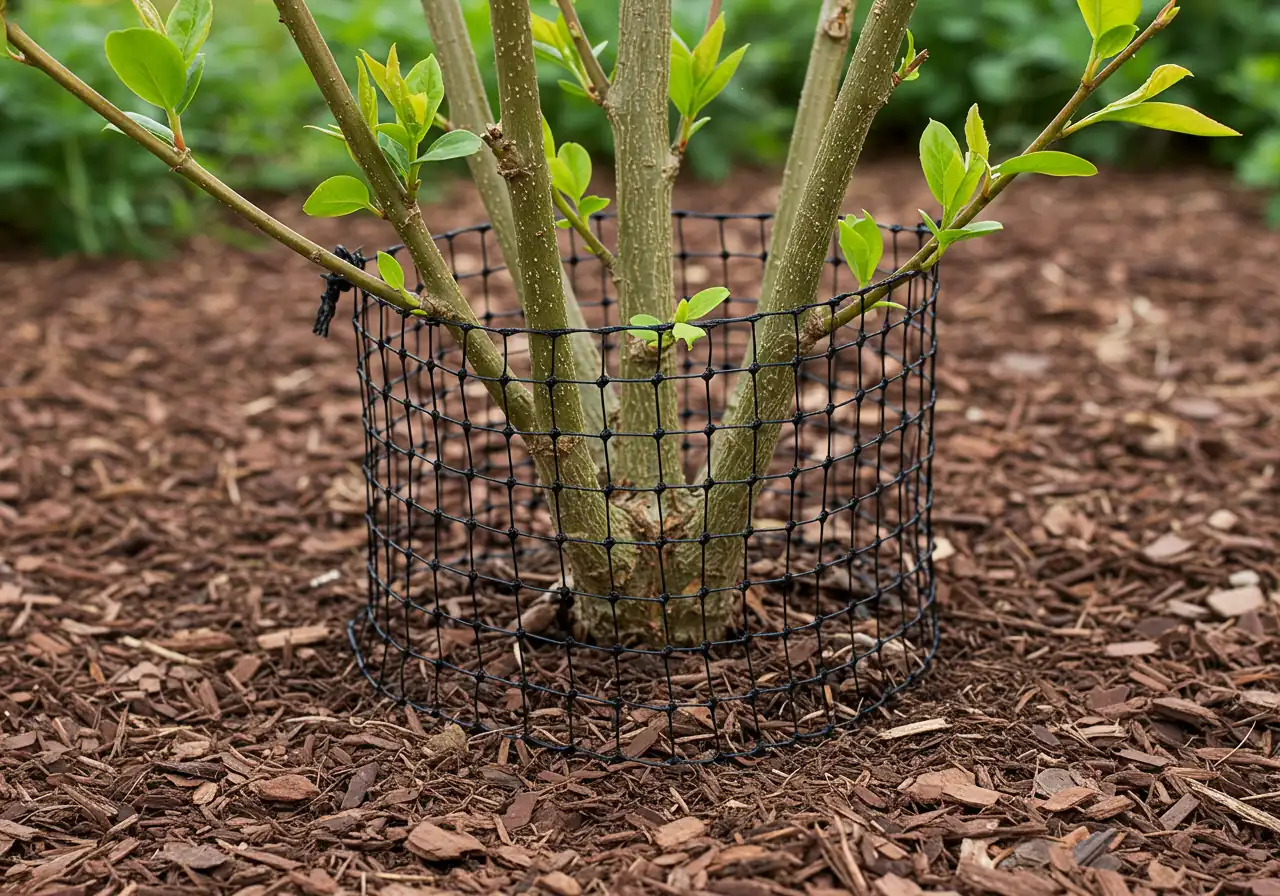
So, you’ve planted your deer-resistant Peonies and Boxwoods like a champ! That’s a fantastic start to protecting your landscaping investment. But let’s be honest, sometimes those persistent nibblers still find something tempting, especially on larger properties like those you might find out near Greely or Manotick. For truly effective deer defence, we need to think beyond *just* the plants and adopt an *integrated* approach. It’s like having multiple layers of security for your precious garden!
Think of it this way: deer-resistant plants are your first line of defence, but adding repellents, barriers, and even a few surprises can really boost your success rate. Here are some non-plant strategies to add to your arsenal:
- Repellents (The Stinky Stuff): Deer rely heavily on their sense of smell and taste. Repellents work by making your plants smell or taste bad to them.
- Scent-Based: Think rotten eggs, garlic spray, predator urine (yes, really!), or even strong-smelling bar soap hung in mesh bags. These signal “danger” or “yuck.”
- Taste-Based: These often contain bitter agents like capsaicin (from hot peppers). The deer takes a bite, dislikes it, and hopefully moves on.
- The Catch: Repellents need frequent reapplication, especially after rain or heavy dew, and deer can sometimes get used to them. Rotating different types can help. Always choose eco-friendly options that won’t harm your garden or other wildlife. Look for resources from organizations like Gardening in Canada for tips on safe products.
- Fencing (The Obvious Barrier): If deer pressure is high, fencing might be your best bet.
- Tall Fences: Deer are surprisingly good jumpers! A fence needs to be at least 8 feet high to reliably keep them out. This can be costly and might not fit every aesthetic.
- Mesh or Electric: Less visually intrusive options include black polypropylene mesh fencing or humane, low-voltage electric fences (often just a couple of strands) that deliver a startling but harmless zap.
- Consider: Fencing is an investment, but often the most effective long-term solution for serious deer problems.
- Scare Tactics (Boo!): Sometimes, a sudden surprise is enough to send deer running.
- Motion-Activated: Sprinklers or lights that switch on when movement is detected can be quite effective, at least initially. (Just try not to startle yourself during a late-night garden stroll!)
- Noise & Movement: Wind chimes, reflective tape that flutters in the breeze, or even a radio playing softly can deter deer, who prefer quiet environments.
- The Downside: Deer are smart critters and can become accustomed to scare tactics over time (this is called habituation). Switching things up regularly is key.
- Keeping Things Tidy: Deer feel safer in areas with cover. Overgrown areas, brush piles, or fallen fruit can attract them. Regular maintenance makes your yard less inviting. Engaging an Ottawa Yard Cleanup Service can help remove potential hiding spots and browse material. For more focused tidying within garden beds, consider an Ottawa Garden Clean Up Service to remove spent blooms or damaged foliage that might attract pests or signal vulnerability. For larger properties needing significant tidying, a comprehensive Ottawa Property Cleanup Service can make a huge difference in overall appeal to wildlife. You can see examples of well-maintained spaces in our Project Showcase Gallery.
Putting It All Together: Your Seasonal Plan
The most effective approach combines several of these methods. Maybe you use repellents in spring on new growth, ensure your scare tactics are rotated in summer, and double-check fence integrity in the fall.
Seasonal Deer Defence Timeline (Example)
Spring
Apply repellents weekly/bi-weekly, especially on new growth. Check fence posts. Deploy initial scare tactics (e.g., motion sprinklers).
Summer
Reapply repellents after rain. Rotate scare devices (change locations or types). Keep garden beds tidy, remove spent blooms.
Fall
Continue repellents. Perform thorough property cleanup (leaves, fallen fruit). Ensure fences are secure for potential winter pressure.
Winter
Maintain repellents if needed (especially on evergreens). Ensure scare devices are winter-proof or stored properly. Check for buck rub damage.
Finding the right mix for your specific Ottawa garden takes a little trial and error. If you’re feeling overwhelmed or want help designing and implementing an effective, integrated deer defence strategy, don’t hesitate to reach out. You can easily Book Your Free Estimate Online to discuss options tailored to your yard and budget. Let’s work together to keep Bambi admiring your beautiful garden from a distance! Our commitment to client data protection is outlined in our Privacy Policy.
Osgoode Gardener’s Deer Defence Cheat Sheet
Pesky deer treating your Osgoode landscaping like a buffet? Don’t despair! Here’s your quick Ottawa gardening guide:
- Smarty Plants: Use deer-resistant types (fuzzy leaves, strong smells). Strong roots help – good Soil Preparation makes plants tougher against nibbles.
- Stinky Tactics: Apply eco-friendly repellents often, especially after rain. Rotate types!
- Fence If Needed: For heavy pressure, an 8ft+ fence is a reliable barrier.
- Clean Sweep: Remove fallen fruit & hiding spots. Focused help, like a Marionville Garden Clean Up Service, can assist. See inspiring yard Transformations! Curious? Learn About Us (our Privacy Policy details data usage). Check City of Ottawa resources on Urban Wildlife for more local context.
FAQs: Your Ottawa & Osgoode Deer Questions Answered
Got questions about those four-legged garden grazers? You’re not alone! Here are answers to some common queries we hear from homeowners across Ottawa, from Osgoode to Manotick and beyond.
Oh, the heartbreak of vanished tulips! We feel your pain. While no plant is 100% “deer-proof” (a starving deer might try anything!), many are highly *deer-resistant*. For reliable spring colour, Daffodils are your best friends – they contain a compound that’s toxic to deer. Ornamental onions (Alliums) with their cool globe flowers, Grape Hyacinth (Muscari), and tough perennials like Peonies and Bleeding Hearts are also generally ignored. Focus your landscaping efforts on including more of these less-tasty options, and you’ll have more blooms to enjoy!
An 8-foot fence is definitely the most reliable barrier, but it’s not the *only* option, especially if budget or aesthetics are concerns. An *integrated approach* often works best. Combine deer-resistant plantings with consistent use of repellents (rotate types!), scare tactics like motion-activated sprinklers (just warn the family!), and strategic planting – putting less tasty plants on the outer edges. Fencing just key vulnerable areas, like a vegetable patch, might be a compromise. It takes persistence, but you *can* reduce damage without turning your yard into Fort Knox!
Ah, the classic home remedies! Sometimes, these *can* work… for a little while. Strong, unfamiliar scents like soap *might* temporarily deter deer. However, deer are smart and can get used to smells (habituation), plus rain washes scents away quickly. Relying solely on these methods is usually not enough in areas with hungry deer, like parts of Osgoode or near Nepean’s green spaces. Think of them as one small tool in your toolbox, alongside resistant plants and perhaps commercial repellents. Consistent upkeep is key, which ties into general ongoing garden maintenance – keeping deterrents fresh is just another garden chore!
Excellent question! Young plants are especially tempting with their tender growth. Your best bet is physical protection initially. Use tree guards or wrap (available at garden centres) around the base of young trees to prevent trunk rubbing by bucks. For shrubs, you can create temporary cages using stakes and deer netting, especially during the first year or two. Applying repellents directly to the foliage (following product instructions!) is crucial. Also, maintaining a healthy root environment helps the plant withstand stress; proper watering and a good layer of mulch provided by professional mulching and edging can protect the base and retain soil moisture, giving your new additions the best start.
It might seem simple, but yes, tidiness definitely helps! Deer are prey animals and prefer areas where they feel safe and have cover nearby. Removing brush piles, keeping tall grass mown, promptly picking up fallen fruit (like apples), and generally reducing hiding spots makes your yard feel more exposed and less inviting. It won’t stop a determined deer entirely, but it contributes to making your *landscaping* less appealing than your neighbour’s messier yard (kidding… mostly!). Regular upkeep is part of good *gardening*. If you’re finding it hard to keep up, especially on a larger property, consider help like a targeted Marionville yard cleanup service or a more extensive Marionville property cleanup service to really clear things out. Ready to book some help? Once you schedule, you’ll see our Thank you for choosing Clean Yards page to confirm we’ve got you covered.
Conclusion: Enjoy Your Beautiful (and Less Nibbled) Osgoode Garden This Spring!
So there you have it! Protecting your Osgoode garden from deer doesn’t mean turning it into a fortress or giving up on beautiful plants. It’s all about being a bit smarter than the average Bambi. By choosing *deer-resistant* varieties that thrive in our Ottawa climate, using clever landscaping layouts, and adding repellents or barriers when needed, you can significantly reduce munching damage.
Whether you’re in Osgoode, Vernon, or Winchester, remember that consistency is key. Keep those repellents fresh, maintain your chosen barriers, and don’t underestimate the power of a tidy yard. A little persistence goes a long way in encouraging deer to dine elsewhere. You *can* have a gorgeous garden filled with blooms, not just deer snacks! Think of the satisfaction when you see those Peonies bloom untouched!
We hope these tips help you enjoy a more peaceful and colourful spring gardening season. What are your most successful deer-deterring strategies? Share your best tips or funny deer stories in the comments below – we love learning from fellow gardeners!
Feeling like you need a little extra help designing your deer-resistant dream garden or implementing some of these strategies? Don’t hesitate to contact us! We offer consultations and landscaping services tailored to your specific needs. Let’s work together to make your Osgoode yard beautiful and resilient this year!


